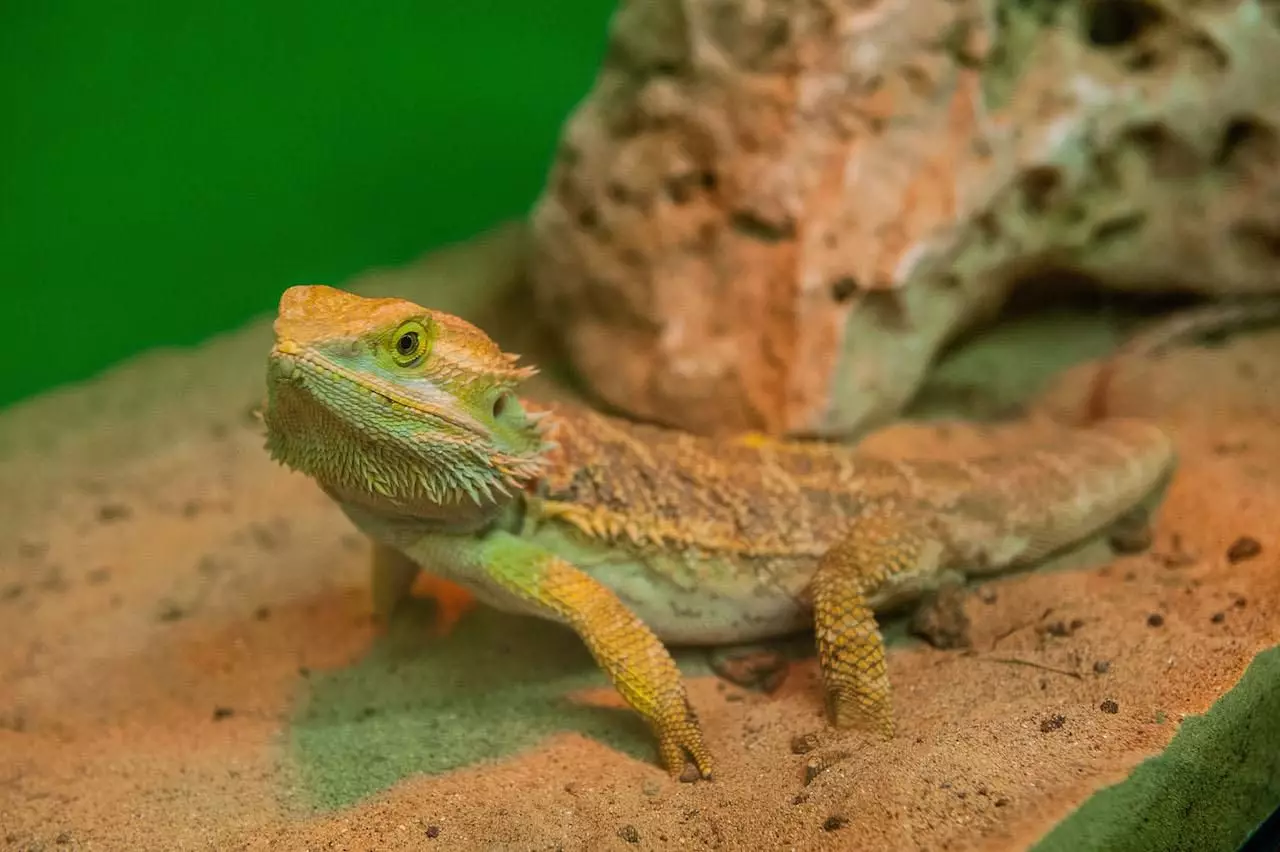Bearded dragons, affectionately dubbed “beardies,” are captivating reptiles that have gained immense popularity as pets. Originating from the sun-soaked landscapes of Australia, these medium-sized lizards boast diverse colors and patterns, typically ranging from light brown to tan. Their distinctive appearance, punctuated by a series of spiky protrusions that resemble a beard, adds to their unique charm. However, before diving into the world of bearded dragon ownership, prospective pet owners must understand the intricacies of their care, habitat, and health.
Distinctive for their friendly demeanor, bearded dragons are relatively easy to handle, making them ideal companions for both novice and seasoned reptile enthusiasts. Adult beardies can grow up to 24 inches in length and usually live for six to ten years with adequate care. They exhibit a variety of behaviors that can keep any pet owner captivated. Dubbed one of the most sociable reptile species, many bearded dragons enjoy climbing on their caretakers’ shoulders or basking on their laps. Yet, owning a bearded dragon is not without its challenges. They have specific habitat and dietary needs that must be met to ensure their well-being.
Setting Up the Perfect Habitat
Bearded dragons thrive in well-structured environments that mimic their natural habitat. When establishing a home for your beardie, a minimum tank size of 55 gallons for an adult is necessary, ensuring enough space for exploration and climbing. Incorporating climbing materials such as branches, logs, and rocks can enhance their living environment and contribute to their mental stimulation. Additionally, creating hiding spaces will allow your lizard to feel secure, as these creatures can be shy.
Maintaining appropriate temperatures in your bearded dragon’s habitat is non-negotiable. Proper heat gradients are crucial; one side of the enclosure should stay between 80 and 85 degrees Fahrenheit, while a basking spot must reach around 95 to 105 degrees. Utilizing various heating sources, including heat bulbs or under-tank heaters, will help you achieve the desired climate. As cold-blooded reptiles, bearded dragons rely on external heat sources to regulate their body temperature. Therefore, it’s essential to regularly monitor these temperature ranges with reliable thermometers placed strategically within the habitat.
Understanding the dietary requirements of bearded dragons is imperative for their growth and longevity. As omnivores, they delight in a variety of foods, ranging from insects to vegetables. Young dragons require frequent feedings, often three times a day, while adults can thrive on a daily feeding schedule. It’s critical to provide a well-balanced diet, ensuring that insects fed—like crickets or mealworms—are appropriately sized to prevent choking risk.
A balanced diet should also include leafy greens, which can be presented as a salad or clipped to the enclosure’s side for added enrichment. Supplementation with calcium and vitamin D is vital to stave off metabolic bone disease, a serious risk factor for bearded dragons in captivity. Regular consultation with a veterinarian experienced with reptiles can further guide you on the ideal diet as your dragon matures.
Health Considerations: Common Issues and Prevention
Despite their hardy nature, bearded dragons can fall prey to various health issues if not properly cared for. One common ailment is metabolic bone disease, resulting from a deficiency in calcium and vitamin D. Symptoms can include lethargy and deformities in bones. Regular exposure to UVB lighting is crucial for this reason. Moreover, bearded dragons can experience respiratory infections, characterized by wheezing or nasal discharge.
It is also essential to monitor for signs of digestive issues, often related to feeding habits or substrate choice. Young beardies are particularly prone to impaction, which can occur from ingesting too much substrate or overly crunchy insects. Offering a variety of textures and avoiding risky feeding practices can mitigate such risks.
Owning a bearded dragon can be a rewarding experience that deepens the relationship between pet and owner. With their unique personalities and captivating behaviors, they are more than just an animal; they become a cherished companion. However, this journey requires commitment, education, and proper resources to ensure a healthy and happy life for your beardie. By investing time and effort into understanding their needs and behaviors, you can create an enriching environment that allows these fascinating creatures to thrive for years to come.
Whether you are a first-time reptile owner or an experienced pet enthusiast, bearded dragons can provide a unique and fulfilling pet ownership experience, filled with learning and joy.


Leave a Reply